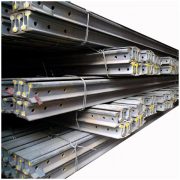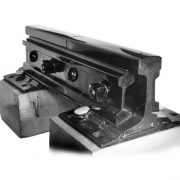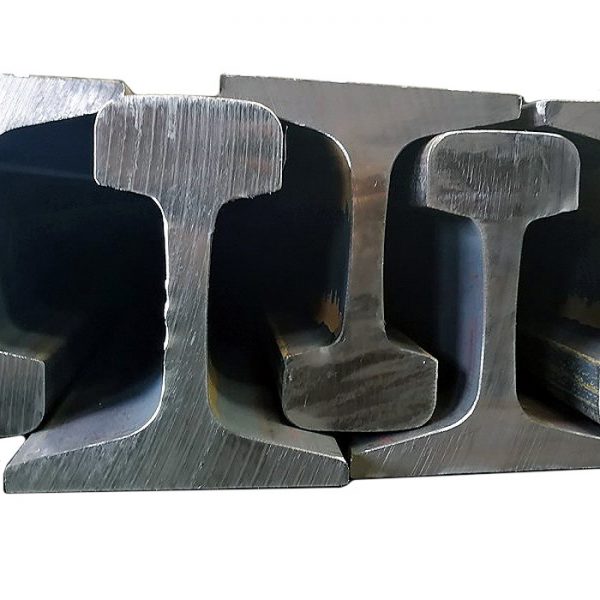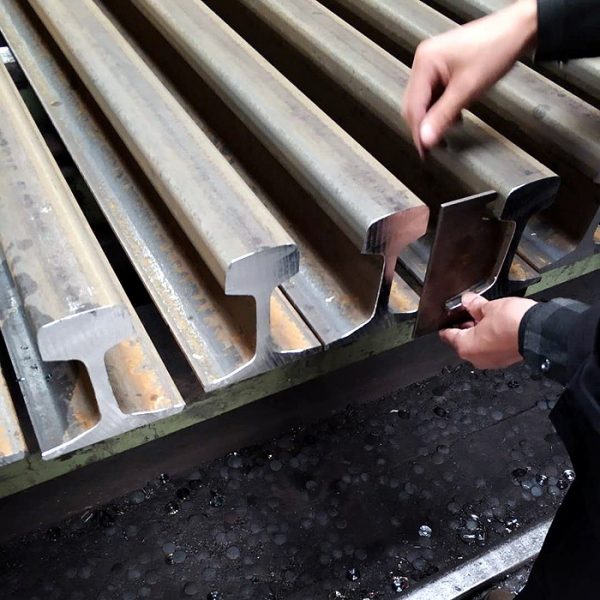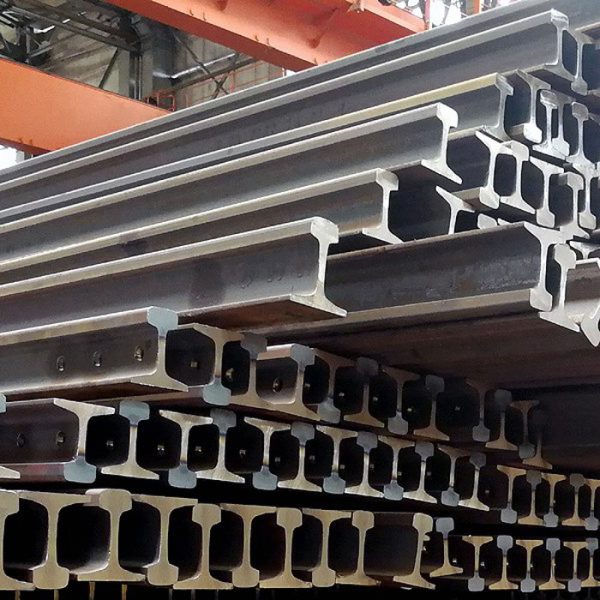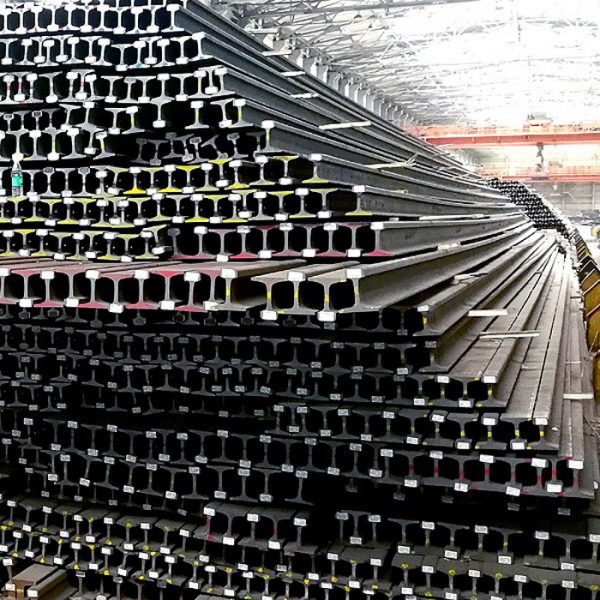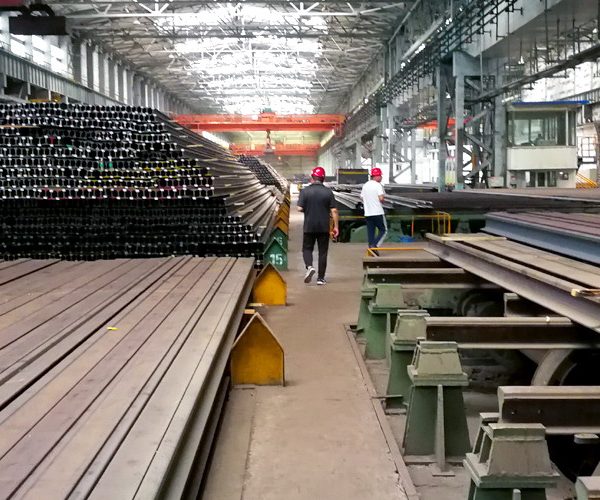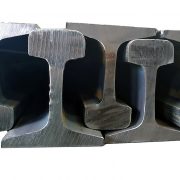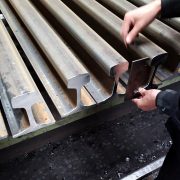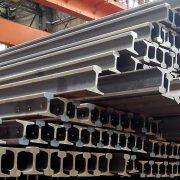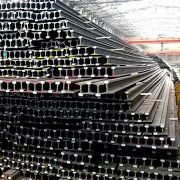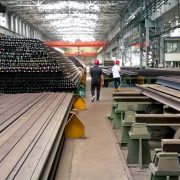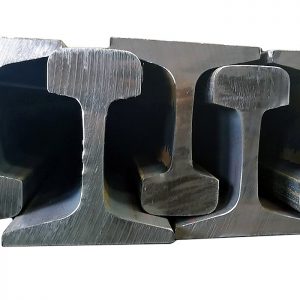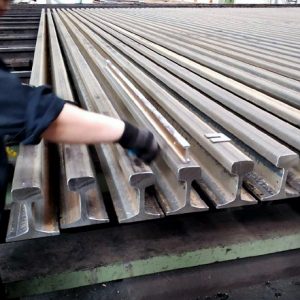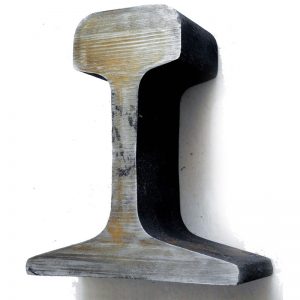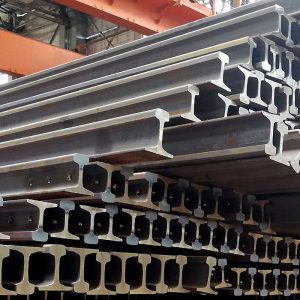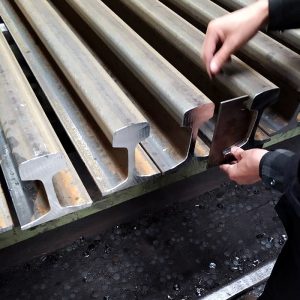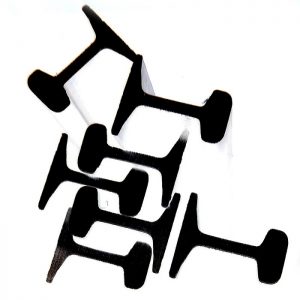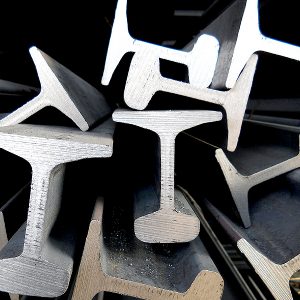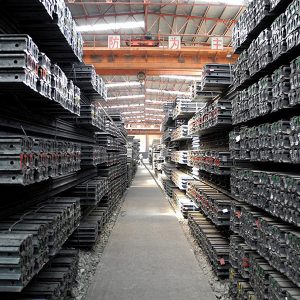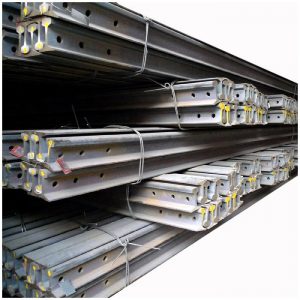AREMA 90 ARA-A Stahlschiene
$850.00 $800.00
Norm: AISI, ASTM, JIS
Grad: 900A/1100
Rail Höhe: 142.9Mm
Untere Breite: 130.2Mm
Stegbreite: 14.3Mm
Kopfbreite: 65.1Mm
Länge: 12-30m
Modellnummer: TR-45 (90 ARA-A)
Art: Schwere Schiene
Anwendung: Eisenbahn Schiene
Gewicht: 44.64 kg/m
Name: AREMA 90 ARA-A Schiene
Verwendung: Werksbahnstrecke
Markt: Südamerika
Zertifikat: 3.1 MTC/DE 10204, 3.2 von Lloyd's regiester inspection
MOQ: 400 Tonnen
Garantie: 12 Monate
HS-CODE: 73021000
Versorgungsfähigkeit: 4500 Tonne/Tonnen pro Tag
Verpackungsdetails: Bündelung per Massengut
Hafen: Tianjin Hafen
- Beschreibung
- Exportierbare internationale Standard-Flachbodenschiene
- Produktions- und Inspektionsstandard
- Anfrage
AREMA 90 ARA-A steel rail is used for Americas area, wir können es auf Bestellung produzieren, das MOQ ist 500 Tonnen, Länge 12-25m, material SS or HH.
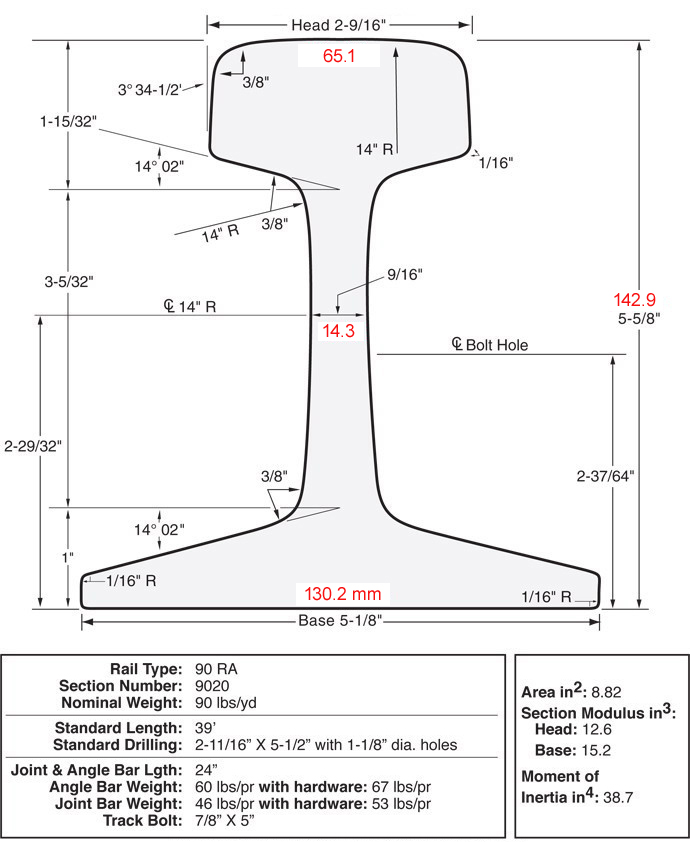
Drawing of AREMA 90 ARA-A Stahlschiene


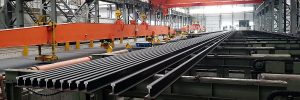
The AREMA 90 ARA-A steel rail is a type of railroad track that is widely used in the United States. This rail meets the standards set forth by the American Railway Engineering and Maintenance-of-Way Association (AREMA), which is an industry group that establishes technical specifications for railway infrastructure.
Das 90 ARA-A steel rail is a type of heavy-duty track designed to withstand the high loads and stresses associated with freight trains. It is typically used in mainline track applications where heavy traffic volumes and high speeds are common. Die Schiene ist aus hochwertigem Stahl gefertigt, die eine hervorragende Festigkeit und Haltbarkeit bietet.
The rail profile is designed to maximize stability and minimize wear and tear. The bottom of the rail is shaped like an inverted T, which provides a wide base for stability and helps distribute the weight of the train more evenly across the track. The top of the rail has a flat surface that provides a smooth ride for the train wheels.
The AREMA 90 ARA-A steel rail is available in various lengths and weights to suit different applications. It is typically installed using a series of spikes or bolts that hold the rail in place. The rail is also designed to be compatible with a range of other track components, including rail joints, tie plates, und Befestigungssysteme.
One of the key advantages of the AREMA 90 ARA-A steel rail is its durability. The rail is designed to last for many years with minimal maintenance, Dies macht es zu einer kostengünstigen Wahl für Bahnbetreiber. The rail is also resistant to wear and tear, which helps reduce the need for expensive repairs and replacements.
Neben seiner Langlebigkeit, the AREMA 90 ARA-A steel rail is also designed for safety. The rail profile and fastening systems are engineered to provide a stable and secure foundation for trains to travel on. This helps reduce the risk of derailments and other accidents, which can be costly both in terms of human life and financial resources.
Insgesamt, the AREMA 90 ARA-A steel rail is an important component of railroad infrastructure in the United States. It is designed to meet the high demands of heavy freight traffic and is engineered for durability and safety. Railway operators can rely on the AREMA 90 ARA-A steel rail to provide a stable and secure foundation for their trains, ensuring reliable and efficient transportation of goods across the country.
Norm DE 13674 - 1:2003 besteht aus zwei Hauptteilen:
− Qualifikationstest und Abnahmetests
Qualifikationstests sind einige andere Tests, die zuvor durchgeführt wurden, wie z.B., Bruchzähigkeit. Abnahmetests charakterisieren die Eigenschaften der vorgeschriebenen Tests, die die Produktion von qualitativ hochwertigen Schienen sicherstellen, und Prüfanforderungen der Bahnverwaltung.
Die Qualität der Schienen basiert auf gemessenen Härtewerten, mit dem sie neue Etiketten für Stahlschienen einführten.
Qualifizierende Tests
Qualifikationstests müssen mindestens in fünf Jahren durchgeführt werden, und die wichtigsten
Veränderungen in der Technologie, Produktionsschienen. Zusätzliche Prüfnebenspannungen werden durchgeführt
maximal alle zwei Jahre auf allen Arten von Stahlschienen, vorausgesetzt, dass die Längsrichtung
Die Dehnungsrate in den Schienen kann bis zu 250 Mpa.
Die vorgeschriebene Eignungsprüfung ist wie folgt:
− Bruchzähigkeit
− Wachstumsrate von Ermüdungsrissen
− Ermüdungsprüfung
− Eigenspannung im Schienenfuß
− Variation der Mittellinie
− Zugfestigkeit und Dehnung
− Segregation
− sonstige Qualifikationsvoraussetzungen
Abnahmeprüfungen
Im Rahmen der Abnahmeprüfung wird eine Reihe von Labortests durchgeführt, wie z.B.:
− chemische Zusammensetzung (den maximalen Inhalt der folgenden Elemente: H, O, Al, V, N- und Oligoelemente)
− Mikrostruktur (Steigerung x 500)
− Grad der Entkohlung verkohlter Schicht (erlaubt bis zu 0.25 Mm)
− Reinheit des Stahls (insbesondere das Vorhandensein von Oxid)
− Makrostruktur (Baumann-Test)
− Härte
− Zugfestigkeit
Weitere Abnahmeprüfschienen sind:
− Maßtoleranzen
− Kriterien (Steuerelementvorlage)
− Inspektionsanforderungen / Toleranzen für die innere Qualität und Oberflächenqualität
Interner Zustand wird Ultraschall in einer kontinuierlichen Prozesskontrolle untersucht, und beinhaltet mindestens 70% des Kopfes und mindestens 60% Web.
- Standard der UIC 860 V: 1996 - vorgeschriebene vier Typen Perlitstahlschienen im Bereich der Zugfestigkeit von 700 An 1300 Mpa.
- Norm DE 13674 - 2003, bietet sieben Arten von Perlitstahlhärte im Sortiment 200 An 390 HBV, Stahlsorten nach EN 13674, basierend auf den Härtewerten (R 200, R 220, R 260, R 260 Mn, 320 Cr, 350 HT, 350 LHT).

